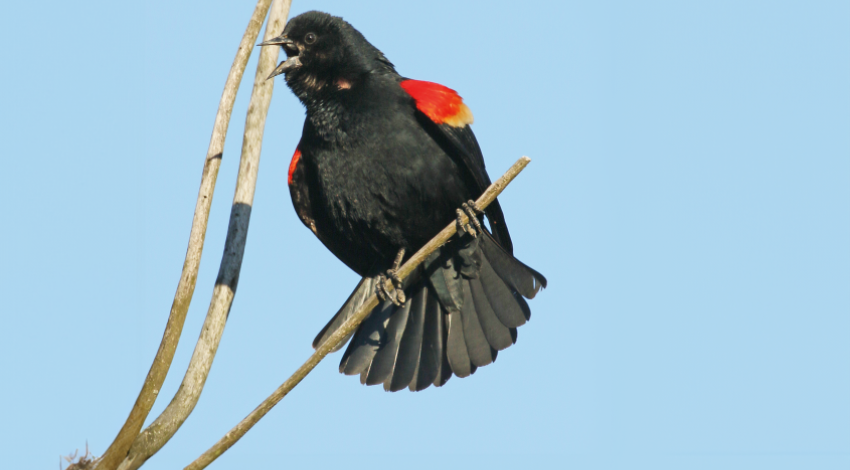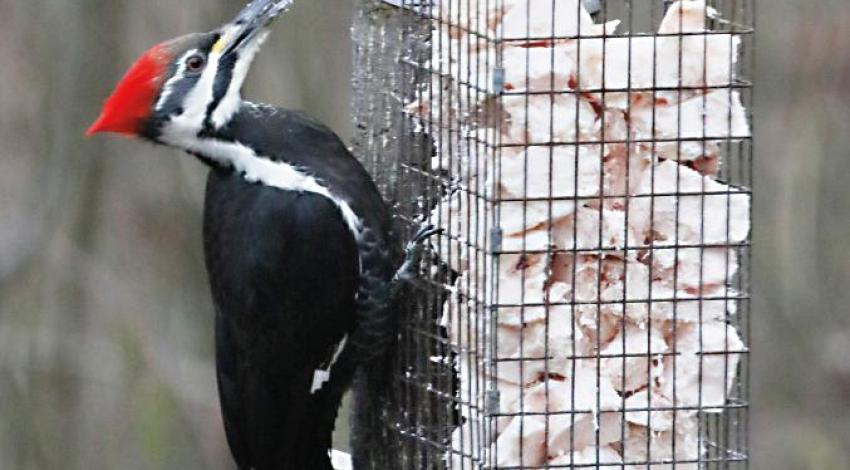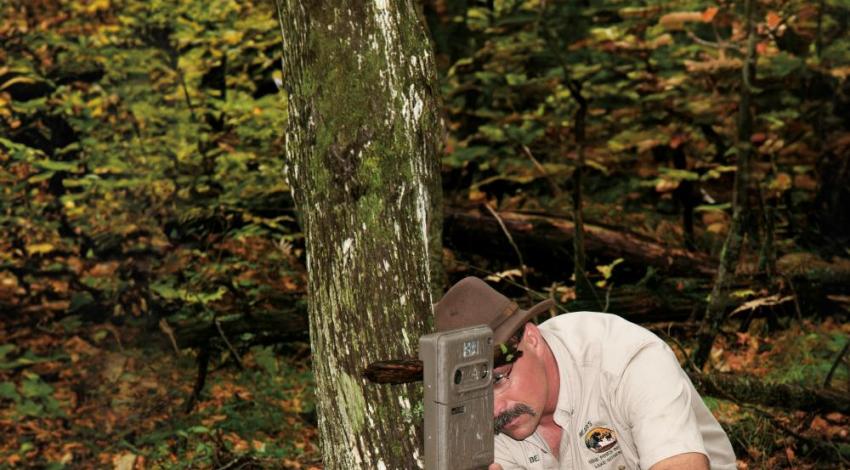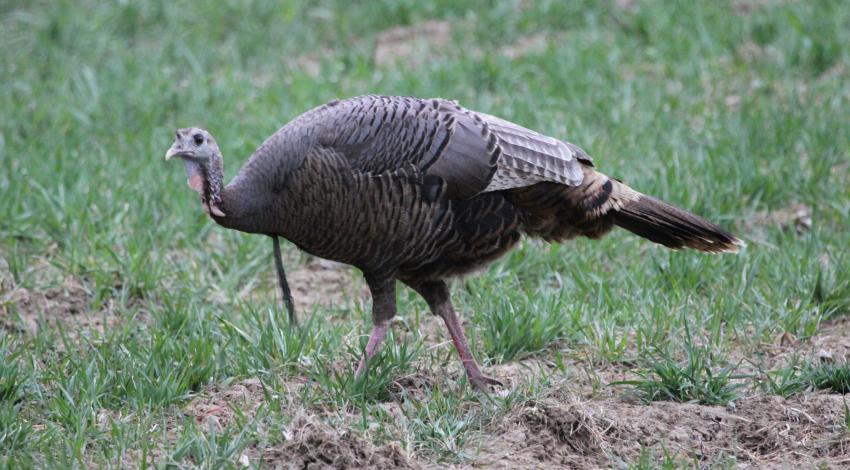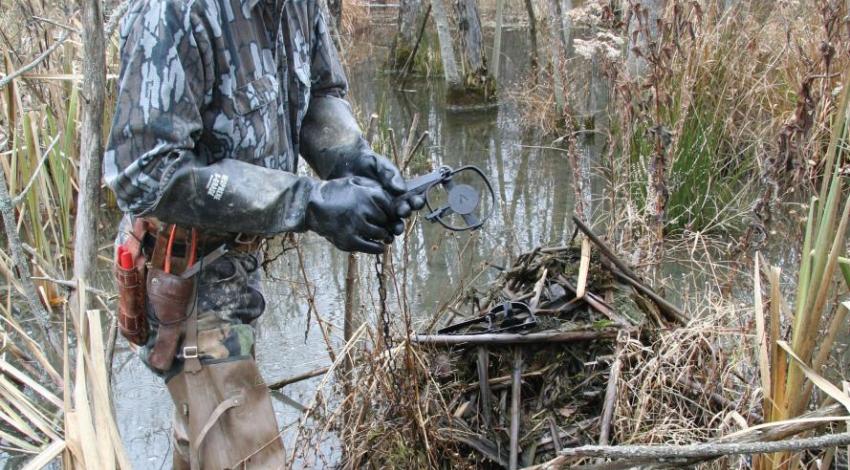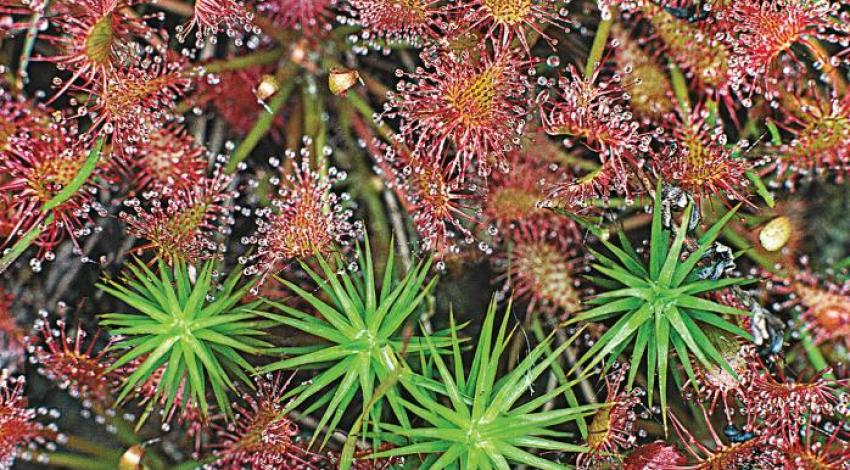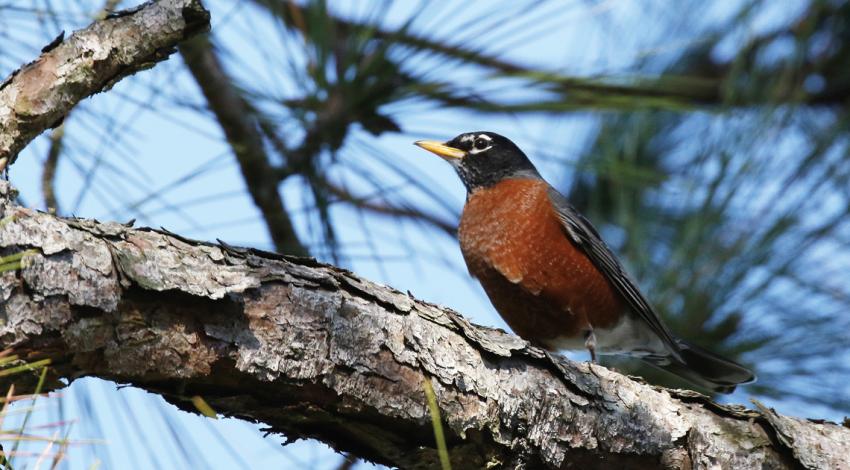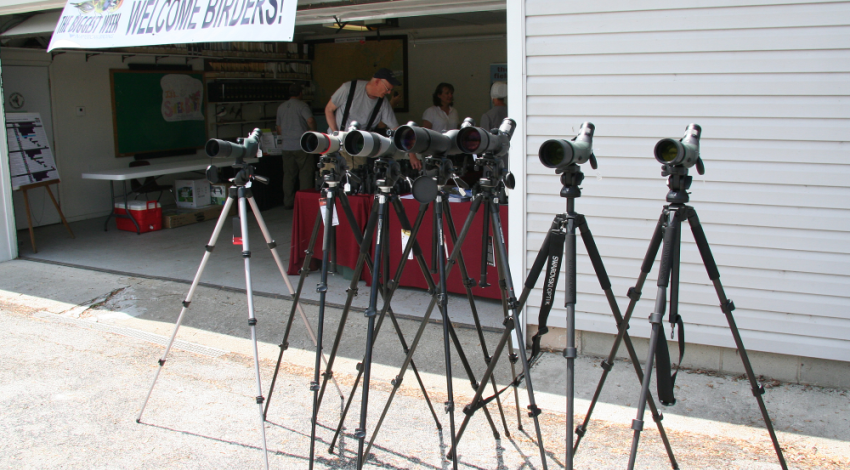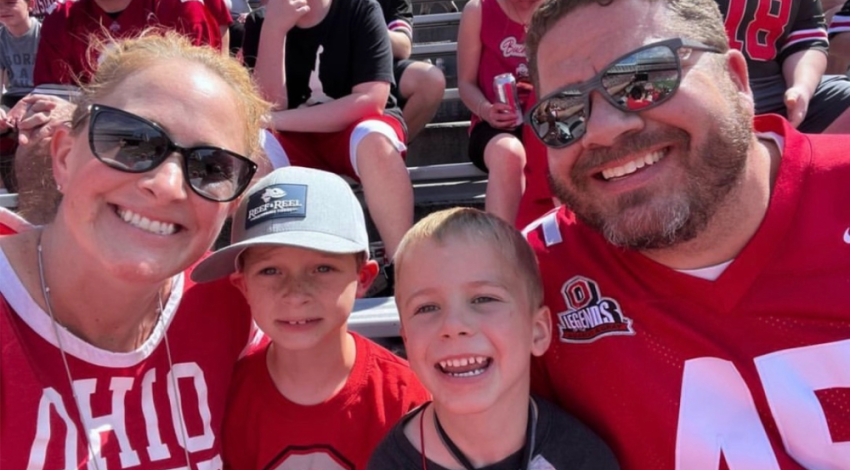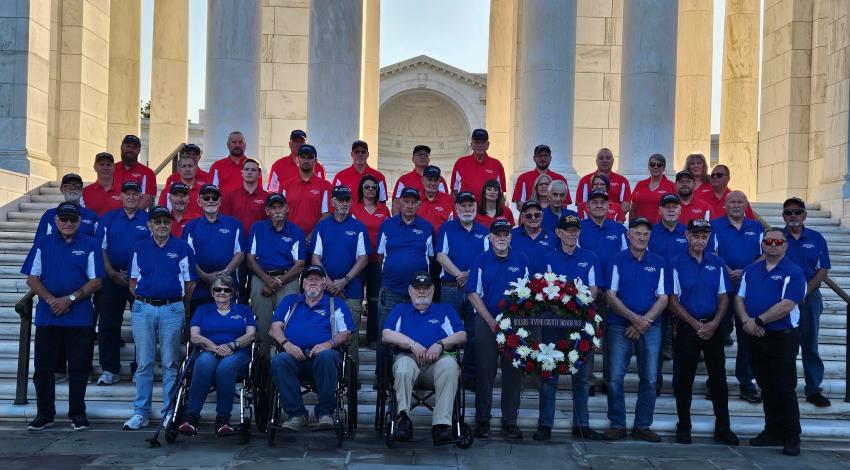For years, I’ve been using two Canon digital single-lens reflex (DSLR) cameras to take photos for “Woods, Waters, and Wildlife.” The twin bodies and assorted lenses produce exceptional photos, but they have a drawback: The equipment is heavy.
Woods, Waters & Wildlife
This time of year, when most Ohioans can’t stand much more of winter, a certain songbird begins arriving in the Buckeye State with a promise that yet another spring is on its way.
Ubiquitous, conspicuous, and easy to identify, male red-winged blackbirds are a stunning glossy black, their wing epaulets — lesser wing coverts — flashing a vibrant red, highlighted by a yellow bottom-edge stripe. The sight of males bobbing on cattail stalks and sound of their familiar, gurgling “kon-ka-reee” song are sure signs that spring weather is not far off.
I’m a backyard bird-feeding genius. (Please don’t ask my wife about that statement; she claims to have multiple examples of my less-than-genius status — and not just pertaining to bird feeding. But she does tend to exaggerate.)
I maintain nine bird feeders outside my home-office window. Only two of them were commercially manufactured, and one of those two was given to me as a gift. The other seven I cobbled together from material I had on hand. I don’t mind spending money when I have to, but if I can save a few bucks and still get the job done, I’m all for it, especially with the continually rising cost of bird feed.
The January 2004 issue of Country Living magazine (now known as Ohio Cooperative Living) featured a story about Ohio’s 10 best places to view wildlife.
Gross, a 45-year member of Mount Gilead-based Consolidated Cooperative and retired from the Ohio Department of Natural Resources Division of Wildlife, says he has an “overwhelming fascination and appreciation for the beauty, complexity, and intricacy of the natural world.”
That certainly comes across in his writing and contributes to the popularity and longevity of “Woods, Waters, and Wildlife,” but he says there’s more to it as well.
For years, hunters have been using trail cameras to scout for game, which, in the Buckeye State, usually means white-tailed deer. But, interestingly, a growing segment of the trail-camera market now has nonhunters purchasing the relatively inexpensive cameras to capture wildlife images 24/7.
Trail cameras take both still photos and video clips of wildlife and provide endlessly entertaining images. If there’s someone on your Christmas list who would like to try this fun and fascinating outdoor hobby — or if you’d like to try it yourself — here are a few suggestions to help get you started, based on my own experience:
I’ve been chasing wild turkeys, both with a shotgun and a camera, for more than 40 years, but April 2022 was my most satisfying spring hunt ever.
The history of the wild turkey in Ohio is one of boom and bust. A bird of mature woodlands, turkeys thrived in pre-settlement times when our state was 95% forested. In 1915, a researcher by the name of Wright, after reviewing records from the 18th and early 19th centuries, wrote, “In all the United States, no state had more turkeys than Ohio and her neighbors.” Just how many wild turkeys existed in the Ohio country hundreds of years ago is anyone’s guess — a million, perhaps?
There is a pair of serial killers on the loose in the hinterlands of Ohio. The male, with his weasel-like face and small, black, beady eyes, looks menacing; his girlfriend, similar in appearance but only about half his size, is just as bloodthirsty.
In general, the weasel family has a dubious reputation, particularly its scientific subfamily Mustelinae, which in Ohio includes not only mink but also ermines, least weasels, and long-tailed weasels. Adding to this foursome’s loathsomeness is the fact that they smell bad, emitting a strong, musky odor from anal scent glands, which they use for marking territory or attracting a mate.
It took more than 6,000 years for the last ice sheet, the Wisconsin Glacier, to spread across what is now Lake Erie and Ohio, at an average rate of about 160 feet per year.
“Even into medieval times, bogs and fens remained mystical and frightening places,” says Denny, a member of Mount Gilead-based Consolidated Cooperative. “Fueling some of those fears was a natural phenomenon known as ‘will-o’-the-wisp’ or ‘jack-o’-lantern’ — a mysterious, flickering light often observed hovering and moving around at night within bogs, swamps, and marshes.
Hunting earthworms on our lawns or building nests in our shrubbery, robins are so ubiquitous today that we barely give those attractive, red-breasted songbirds a second thought.
The slaughter began with large mammals — elk and deer in the East, bison in the West. Once those populations were decimated, the professional hunters moved on to waterfowl: ducks, geese, and swans. After those species were depleted, shorebirds were next in line. Smaller than most waterfowl, shorebirds made up for their small size by numbering in the millions. They also decoyed readily and tasted good on the dinner table.
Last on the list was songbirds.
Some natural resources conservation groups talk a good game. Others diligently and quietly go about their stated mission, making a decided difference in the out-of-doors year by year, decade after decade.
To get a feel for AOA, I tagged along on one of the organization’s many annual educational events open to the public. The field trip attracted some 30 people to Cedar Bog Nature Preserve, a few miles south of Urbana. It’s the oldest nature preserve in the Buckeye State purchased with state funds (in 1942), and is owned, operated, and managed by the Ohio History Connection.

